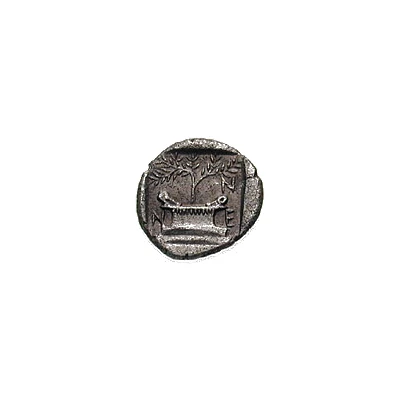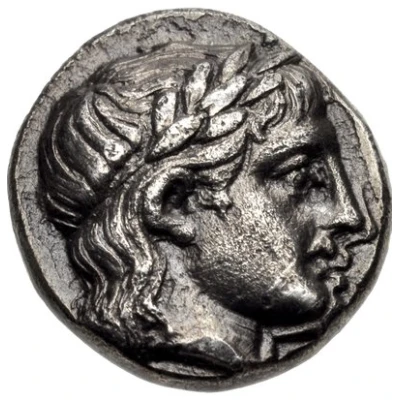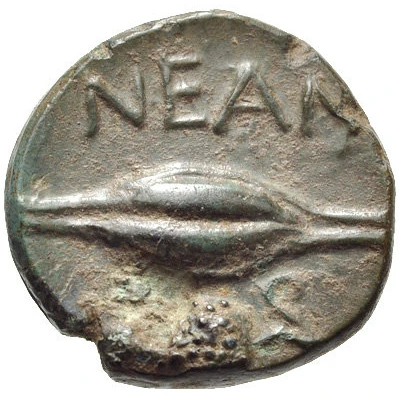


© Classical Numismatic Group, Inc.
Tetrobol 400 BC - 300 BC
| Silver | 1.86 g | - |
| Issuer | Neandria (Troad) |
|---|---|
| Type | Standard circulation coin |
| Years | 400 BC - 300 BC |
| Value | Tetrobol (⅔) |
| Currency | Drachm |
| Composition | Silver |
| Weight | 1.86 g |
| Shape | Round (irregular) |
| Technique | Hammered, Incuse |
| Demonetized | Yes |
| Updated | 2024-10-10 |
| Numista | N#143796 |
|---|---|
| Rarity index | 97% |
Reverse
Altar in the middle with a laurel tree behind. Name of the city on the right and left of the altar. All in incuse square
Script: Greek
Lettering: Ν-Ε-Α-Ν
Comment
Head, Historia Nummorum pg. 547; SNG Copenhagen -; SNG von Aulock -; BMC -; Traité -; Weber -; McClean -; SNG Munich -.
Interesting fact
The Tetrobol coin from Neandria (Troad) was used as a form of currency in ancient Greece and its design was influenced by the art and culture of the time. The obverse side of the coin features the head of a satyr, while the reverse side depicts a mythical creature called a griffin. The use of these symbols reflects the cultural and mythological beliefs of the people who created the coin.



